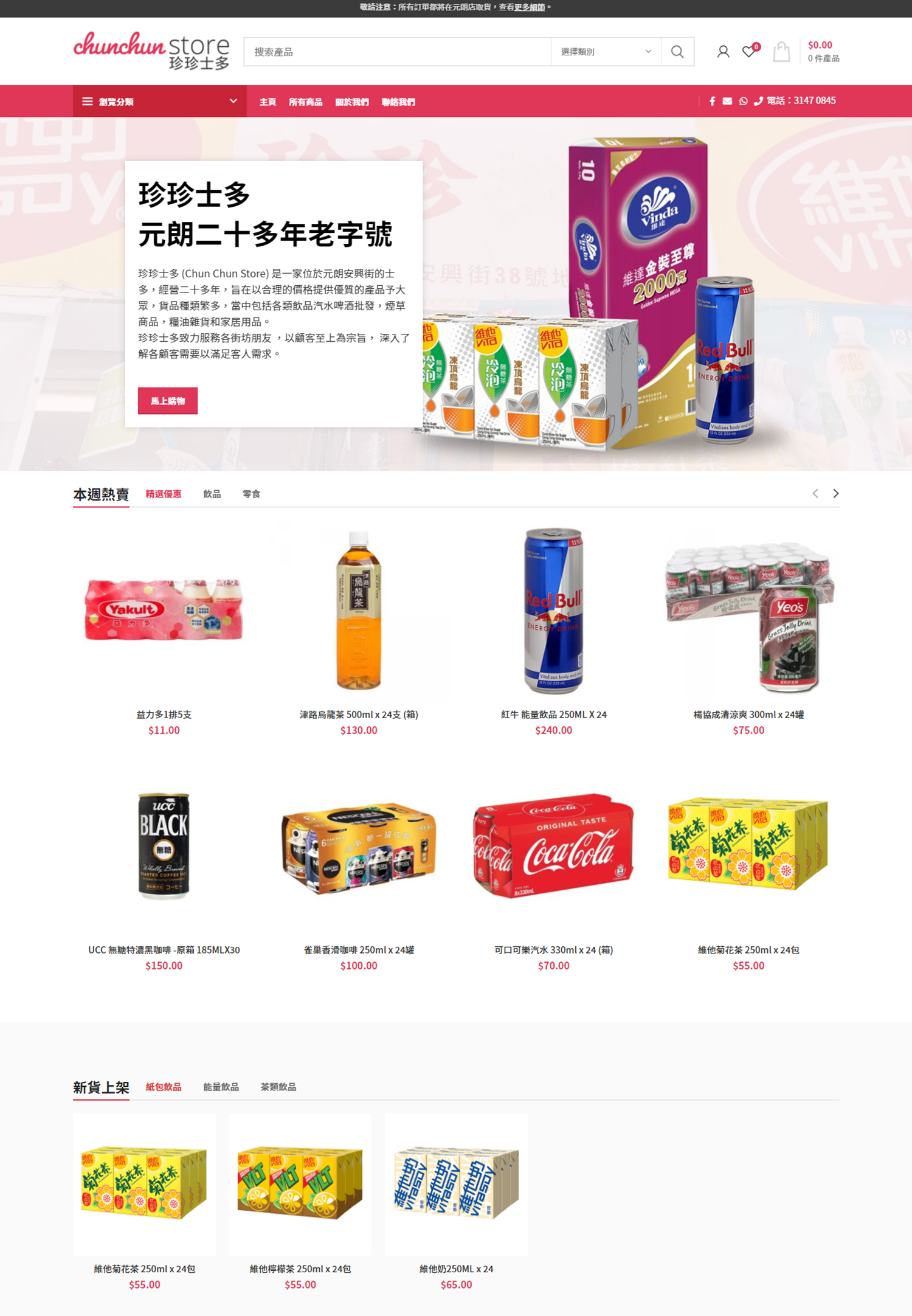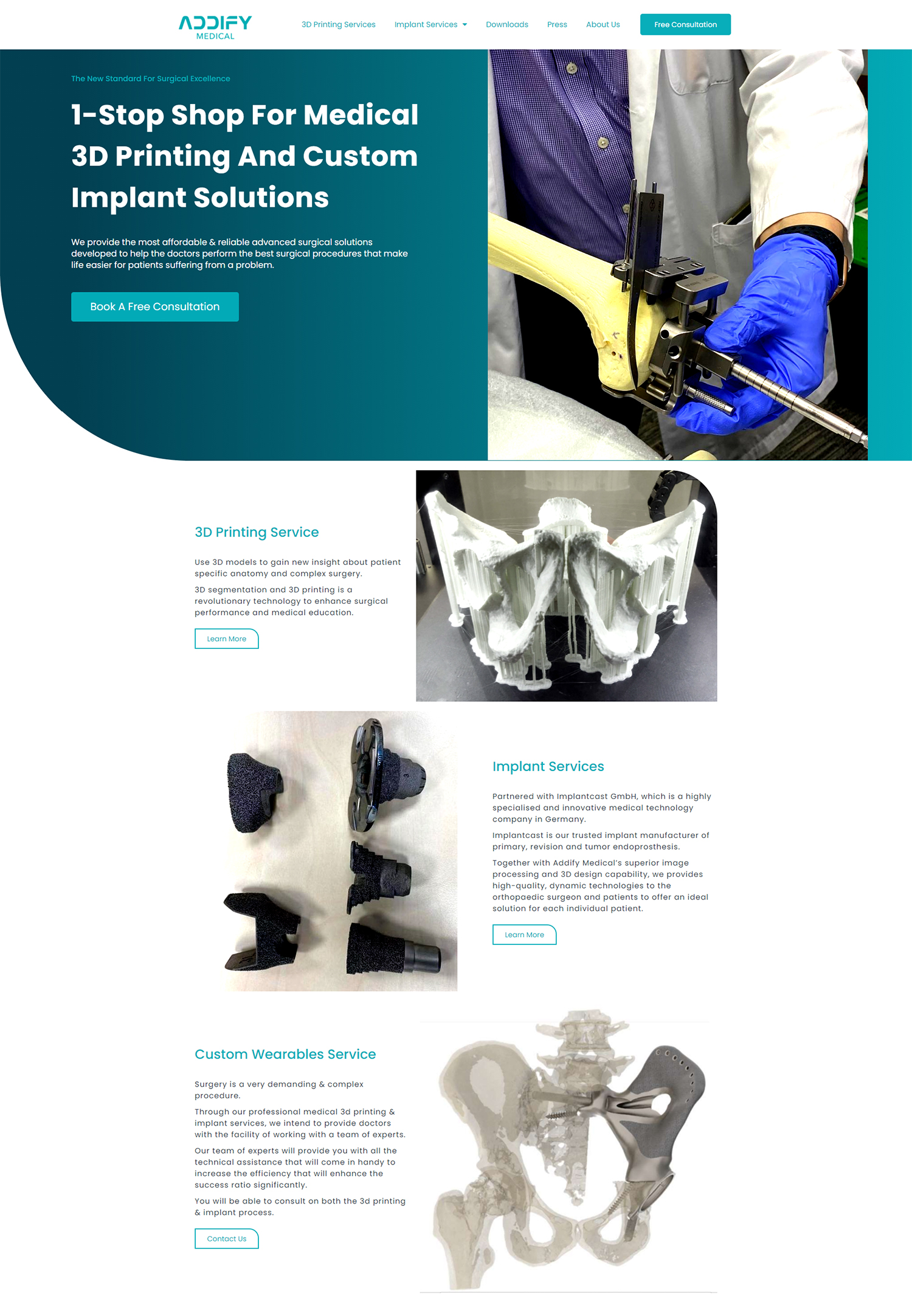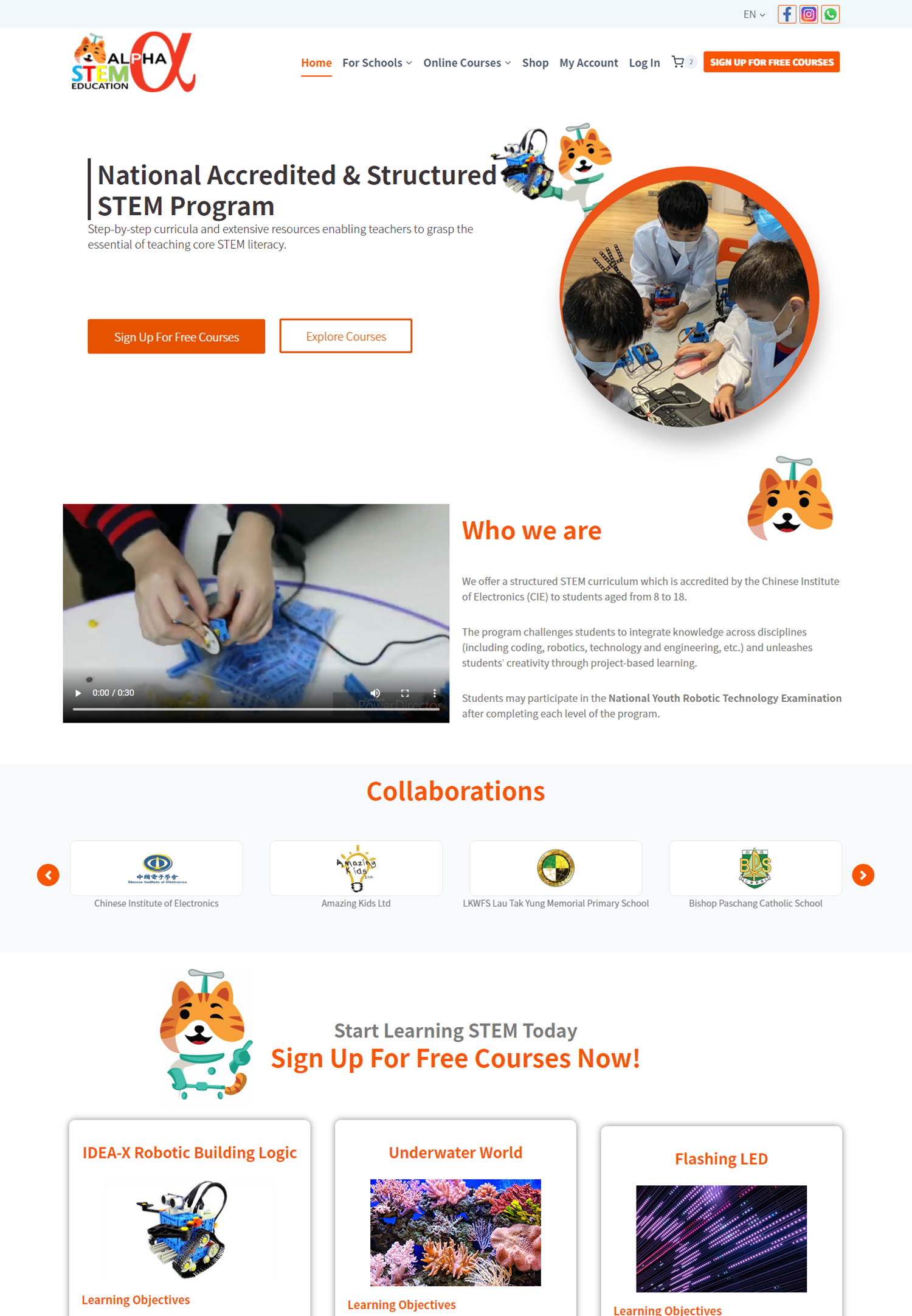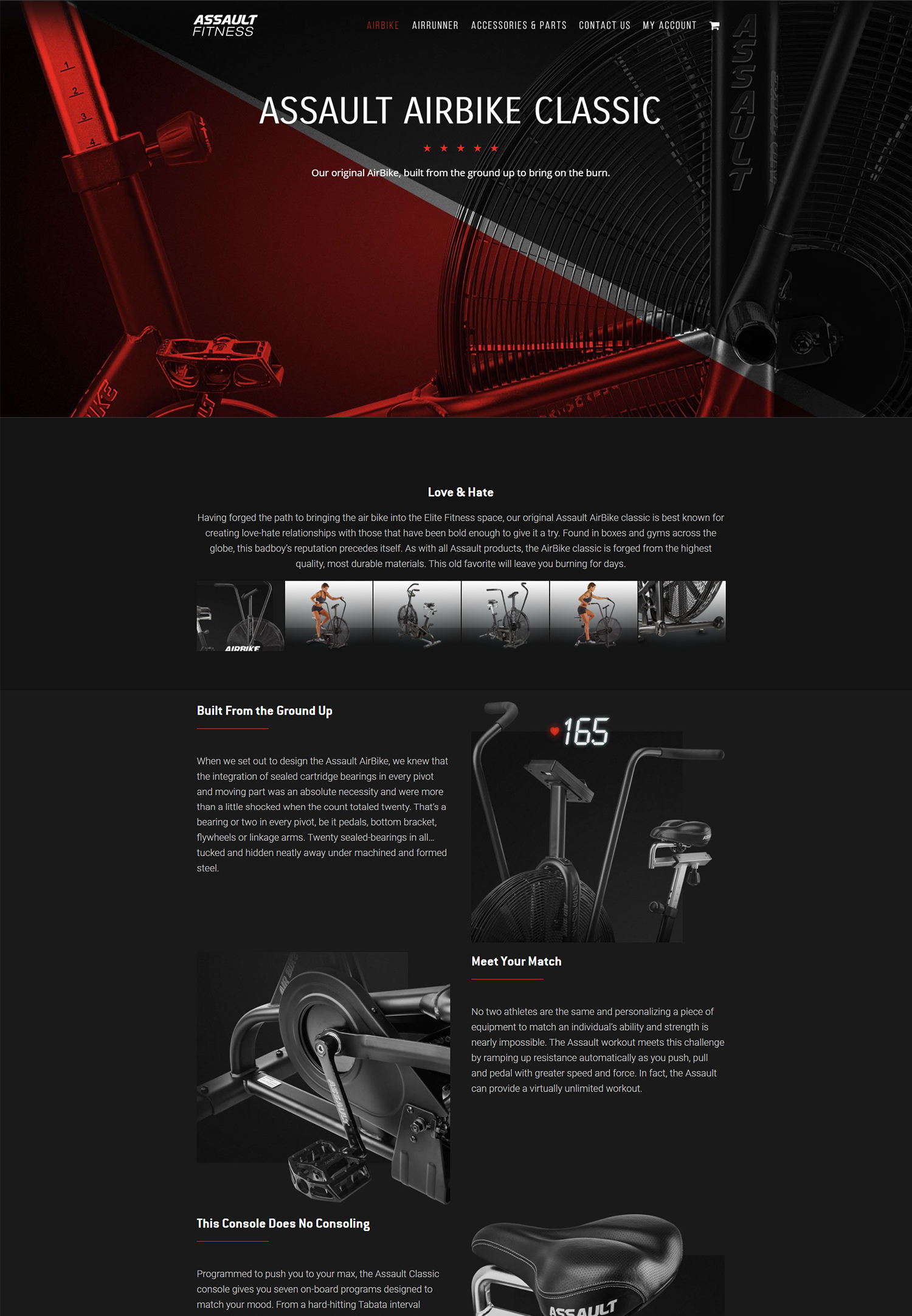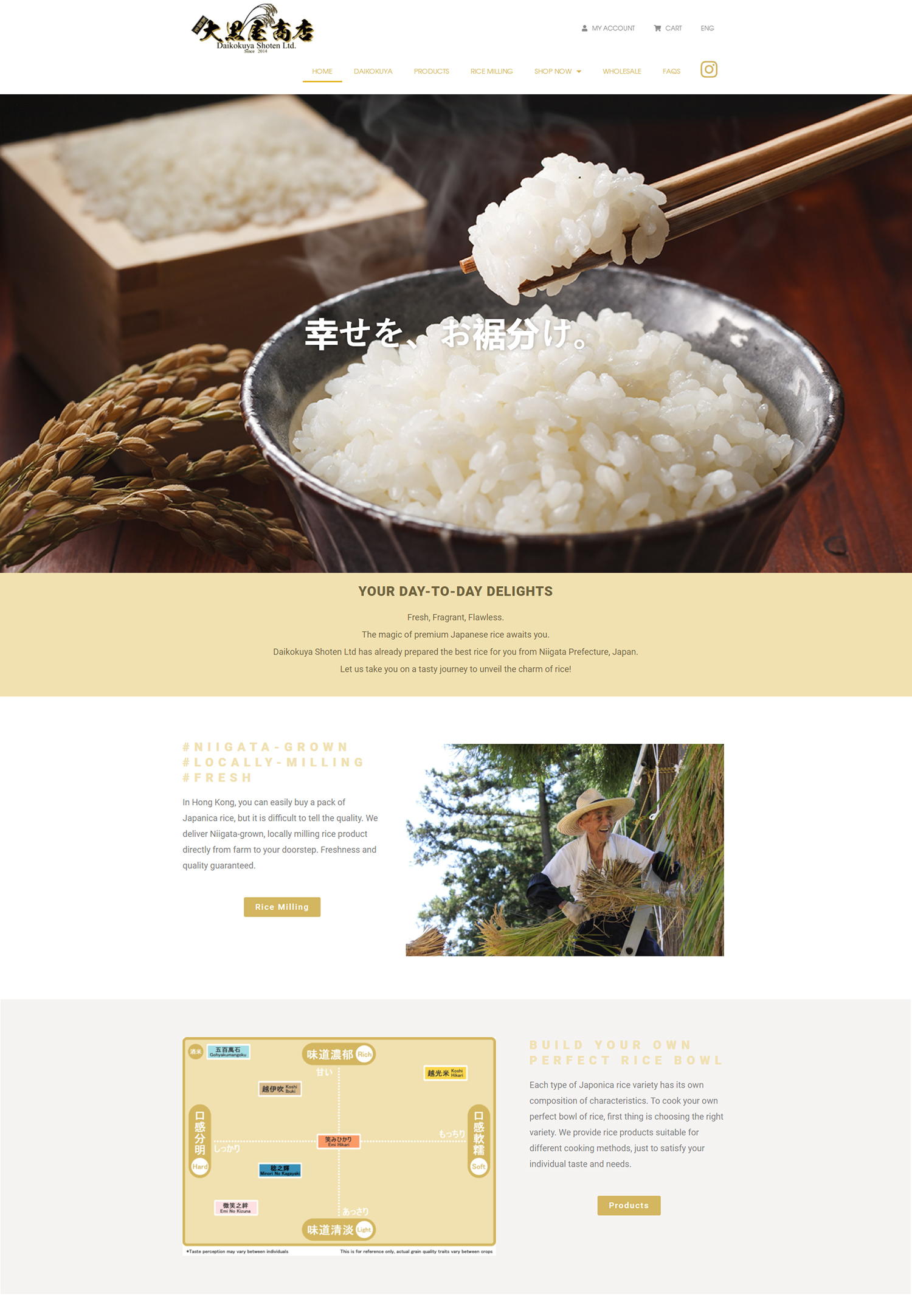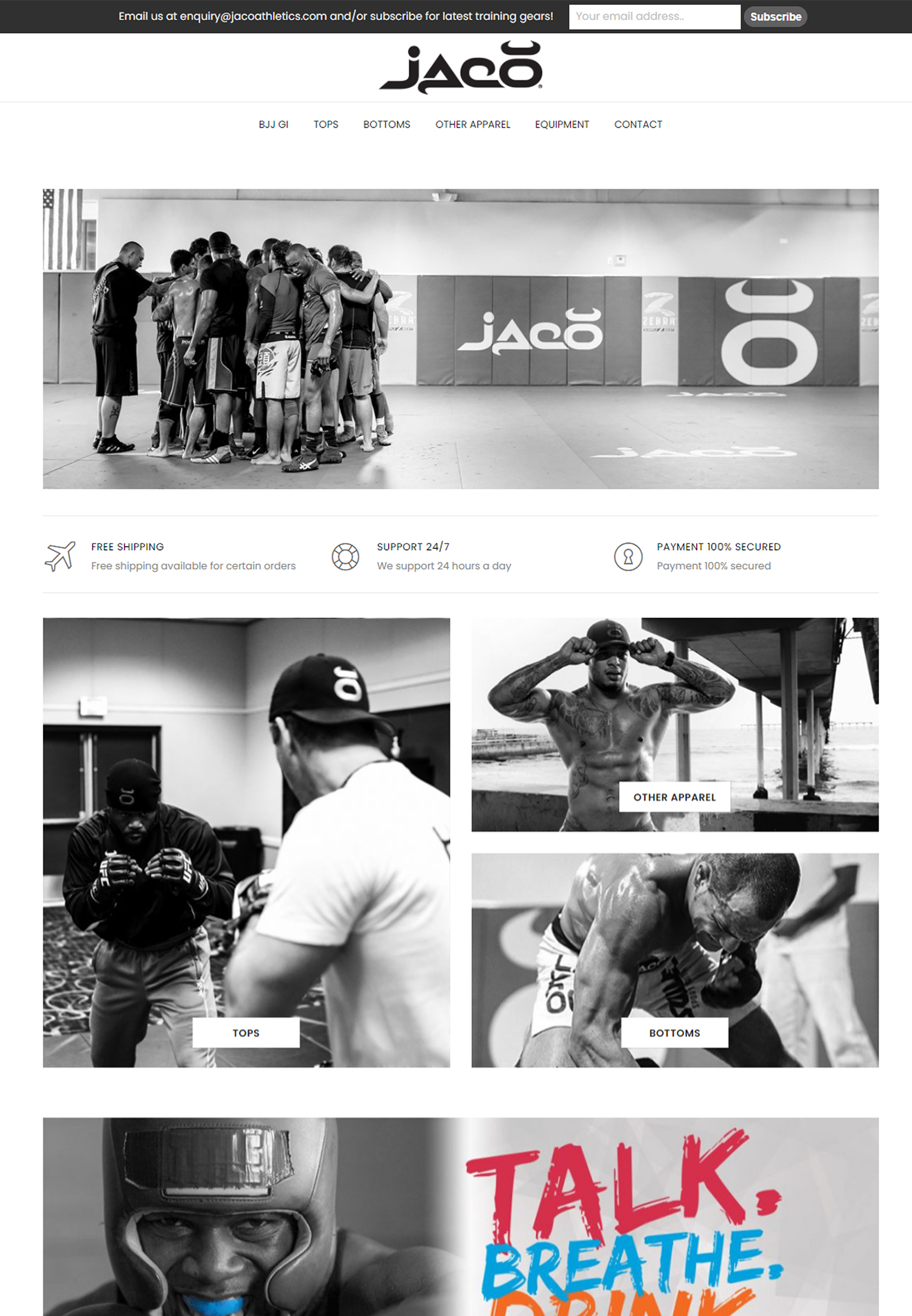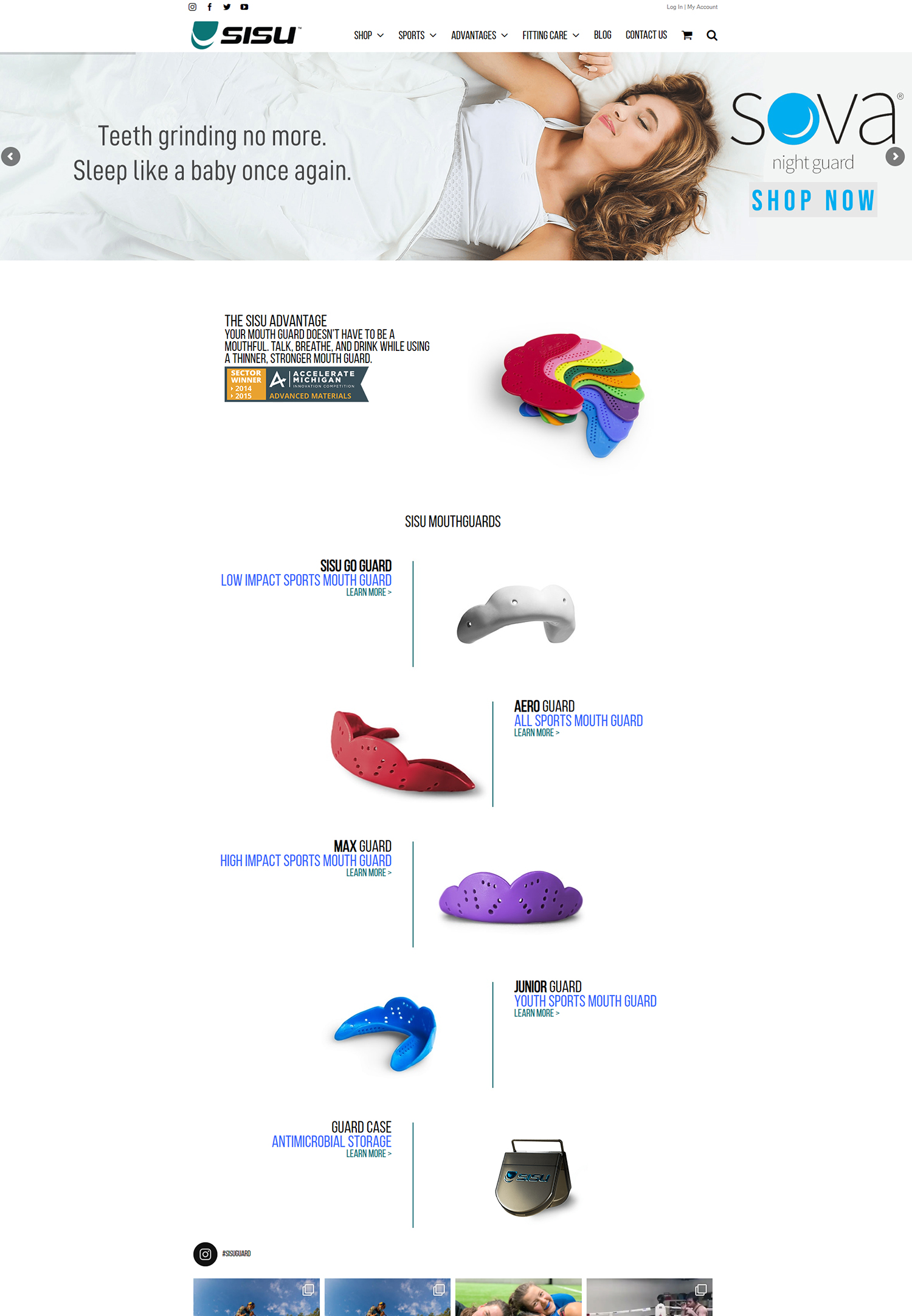In the digital world, where there is intense competition and short consumer attention spans, e-commerce companies need to use every available tool to increase visibility and traffic. The meta tag, an essential component of HTML that offers metadata about a web page, is one such tool. In addition to defining a page’s content, meta tags also improve user experience and search engine rankings.
Key Takeaways
- Meta tags are important for e-commerce websites as they help search engines understand the content and purpose of the site.
- Choosing the right meta tags for e-commerce involves understanding the target audience, conducting keyword research, and staying updated with search engine algorithms.
- Best practices for meta tag optimization in e-commerce include using unique and descriptive tags, optimizing for mobile, and avoiding keyword stuffing.
- Common mistakes in meta tag implementation include using duplicate tags, neglecting to update tags regularly, and not utilizing meta descriptions effectively.
- Monitoring and analyzing meta tag performance is crucial for understanding the impact of tags on search engine rankings and user engagement.
Knowing and using meta tags properly is crucial for e-commerce websites, as product visibility has a direct impact on sales. Since meta tags are incorporated into the HTML code and are not visible on the page itself, they are a crucial component of the optimization process that takes place behind the scenes. These consist of components like keyword tags, meta descriptions, and title tags, each of which has a unique function in how search engines evaluate and rank web pages.
Understanding meta tags is crucial as e-commerce keeps expanding, with global online sales expected to reach trillions of dollars. With insights into their selection, optimization, and continuous management, this article explores the importance of meta tags for e-commerce websites. Title tags’ potency. In search engine results pages, the title tag frequently serves as the user’s initial interaction with a website (SERPs).
Because it incorporates pertinent keywords and concisely communicates the essence of the page, a well-written title tag can greatly increase click-through rates (CTR). Given that customers frequently search for particular products or categories in e-commerce, this is especially crucial. Users may choose to click on a link instead of scrolling past it if the title is appealing. Meta descriptions and their function. A page’s meta description is essential for setting the scene for its content. Although they have no direct impact on search rankings, they can have an impact on user behavior by providing a summary of what users can anticipate when they click through.
This entails emphasizing special offers, product attributes, or unique selling propositions on e-commerce websites that have the power to influence a prospective customer’s choice. affecting conversions and user behavior. A compelling meta description can be the decisive element that drives conversions in a setting where customers are inundated with options. E-commerce websites can raise their profile, attract more visitors, and eventually increase sales by creating attention-grabbing title tags and meta information.
Choosing the right meta tags for an e-commerce website requires a calculated strategy that takes user intent and SEO best practices into account. To guarantee it appears completely in search results, the title tag should ideally be brief but informative, usually between 50 & 60 characters. It’s crucial to include primary keywords that are pertinent to the product or category, but it’s also critical to preserve readability and refrain from keyword stuffing, which can result in search engine penalties.
Care should be taken when creating meta descriptions in addition to title tags. Generally speaking, they should be 150–160 characters long, contain pertinent keywords, and be interesting enough to entice clicks. A meta description for an e-commerce website that sells eco-friendly goods, for example, might emphasize the sustainability feature and any ongoing sales. Also, by using structured data markup, search engines can better understand product information and display rich snippets that include extra information like availability and price right in SERPs. Following a few best practices will help e-commerce websites optimize their meta tags.
Priority one should be given to carrying out in-depth keyword research to find terms that prospective clients are using in their searches. Information about search volume and levels of competition for particular keywords can be found using tools like SEMrush and Google Keyword Planner. After being determined, these keywords ought to be carefully added to title tags and meta descriptions without sacrificing readability or attractiveness. Making sure that every page of an e-commerce website has its own meta tags is another best practice.
Duplicate meta tags can cause confusion for search engines & lessen each page’s relevance. Search engines may find it difficult to identify which product page is more pertinent for a particular query if, for example, several product pages have the same title tag or description. Also, content can be kept current and relevant by routinely updating meta tags to reflect inventory changes, seasonal promotions, or modifications in customer behavior. Despite their significance, a lot of e-commerce companies use meta tags incorrectly. One common error is to completely ignore title tag and meta description optimization.
In favor of concentrating only on product photos or descriptions, some website owners might ignore these components, losing out on important chances to improve visibility in search results. Over-optimization or keyword stuffing in meta tags is another frequent mistake. Relevant keywords are important, but packing too many into a title tag or description can result in awkward wording and discourage potential buyers from clicking through. Also, titles or descriptions that are truncated & fail to effectively convey the intended message can result from neglecting to monitor character limits.
Maximizing impact requires that each tag stay interesting while adhering to suggested character counts. To determine the efficacy of meta tags on an e-commerce website, continuous observation and analysis are necessary after they have been added. Important information about how well particular pages are doing in search results can be found using tools like Google Search Console.
It is possible to determine which meta tags are generating traffic and which may require modification by using metrics like impressions, clicks, and average position. Discovering what works best for users can also be obtained by A/B testing various iterations of title tags & meta descriptions. Through the creation of variations and performance analysis over time, e-commerce companies can improve their strategy based on actual data rather than conjecture.
Also, monitoring the meta tags of rivals can stimulate creativity and reveal market patterns that could guide future optimizations. Because of the ever-changing nature of e-commerce, meta tags must be updated and maintained frequently to stay useful. It’s critical to review & modify current meta tags as product offerings shift or new trends appear.
Updating the relevant meta tags, for instance, can help take advantage of heightened interest in a product line that gains popularity as a result of viral trends or seasonal demand. Also, the methods used to optimize meta tags should change along with search engine algorithms. Keeping up with changes in SEO best practices and making the necessary adjustments is essential to preserving competitive advantage. Frequent audits of meta tags on an e-commerce website can assist in locating out-of-date or inefficient components that could impair functionality.
Meta tags will continue to play a vital role in increasing visibility and engagement as e-commerce develops in tandem with technological breakthroughs and changes in consumer behavior. Future developments may place more focus on natural language processing and semantic search, which would encourage e-commerce companies to use more conversational language in their meta tags. This change may result in more attention being paid to user intent as opposed to keyword matching alone. Also, it will become more crucial to optimize meta tags for voice queries as voice search becomes more common due to the development of smart speakers and virtual assistants. Since users are more likely to speak than type longer phrases and questions, e-commerce sites may need to reconsider their approaches.
If e-commerce companies want to stay ahead in the fiercely competitive digital market, they must adopt these trends. In conclusion, understanding meta tags is crucial for e-commerce success and goes beyond just being a technical necessity. Understanding their significance, selecting appropriate tags, following best practices, avoiding typical blunders, tracking results, and staying relevant over time can all help businesses greatly improve their online visibility and boost sales in a crowded market.
For more information on digital marketing best practices, you can check out Populis Digital’s article on 8 Reasons to Choose the World’s Most Popular CMS, WordPress, for Your Business. This article discusses the benefits of using WordPress for your business website and how it can help improve your online presence.




